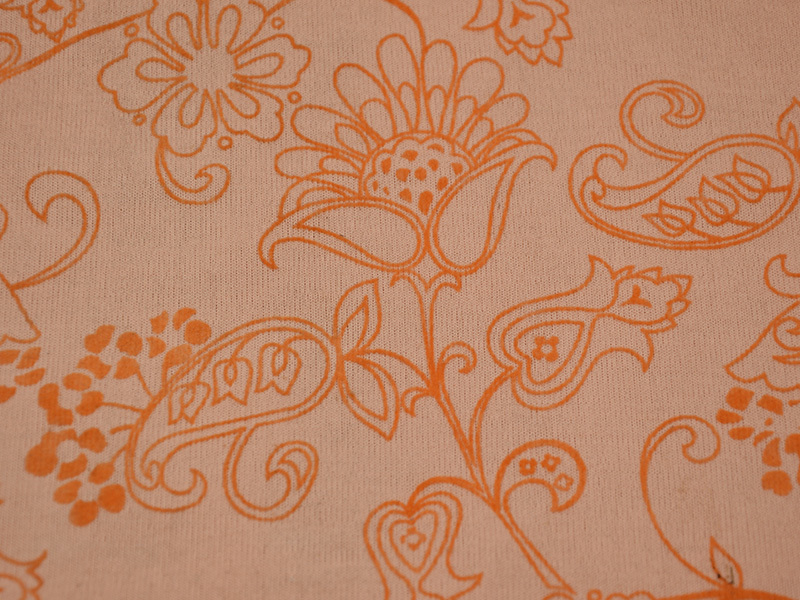When it comes to choosing fabrics, softness is often a primary consideration for consumers. Whether you’re selecting materials for clothing, bedding, or upholstery, the tactile experience can significantly influence your satisfaction and comfort. But with a myriad of options available, the question arises: which fabric is softer? This article delves into the world of textiles, exploring various fabrics, their properties, and how to determine which ones offer the ultimate softness.
Understanding Fabric Softness
Before we dive into specific fabrics, it’s essential to understand what makes a fabric soft. Softness is a subjective quality that can be influenced by several factors, including fiber type, weave structure, and finishing processes. Generally, fabrics made from natural fibers tend to be softer than those made from synthetic materials. However, advancements in textile technology have led to the development of synthetic fabrics that can rival their natural counterparts in terms of softness.
Natural Fibers: The Softness Champions
- Cotton:
Cotton is one of the most popular fabrics globally, known for its softness and breathability. The softness of cotton can vary depending on the type and quality of the cotton used. For instance, Egyptian cotton is renowned for its long fibers, which produce a smoother and softer fabric. Pima cotton, another high-quality variant, is also celebrated for its luxurious feel. - Silk:
Often associated with luxury, silk is one of the softest fabrics available. Its natural protein fibers create a smooth, lustrous surface that feels exquisite against the skin. The softness of silk makes it an ideal choice for high-end clothing and bedding. However, it requires special care to maintain its softness and sheen. - Bamboo:
Bamboo fabric has gained popularity in recent years due to its eco-friendliness and softness. The fibers are naturally smooth and round, which reduces irritation and makes bamboo fabric an excellent choice for sensitive skin. Additionally, bamboo has moisture-wicking properties, enhancing its comfort level. - Cashmere:
Cashmere, derived from the undercoat of cashmere goats, is synonymous with softness and warmth. This luxurious fabric is incredibly soft to the touch, making it a favorite for sweaters and scarves. However, it is essential to note that cashmere requires careful washing and storage to maintain its softness over time.
Synthetic Fabrics: The New Contenders
While natural fibers are often celebrated for their softness, synthetic fabrics have made significant strides in this area.
- Microfiber:
Microfiber is a synthetic fabric made from polyester and polyamide fibers. Its ultra-fine fibers create a soft, velvety texture that is both durable and easy to care for. Microfiber is commonly used in cleaning cloths, upholstery, and activewear due to its softness and moisture-wicking properties. - Modal:
Modal is a type of rayon made from beech tree pulp. It is known for its exceptional softness and drape, making it a popular choice for clothing and bedding. Modal is also more resistant to shrinking and fading compared to cotton, which contributes to its long-lasting softness. - Tencel (Lyocell):
Tencel is another sustainable fabric made from wood pulp, known for its silky feel and breathability. It is softer than cotton and has excellent moisture-wicking properties, making it ideal for activewear and sleepwear. Tencel is also biodegradable, appealing to environmentally conscious consumers.
Evaluating Softness: Factors to Consider
When determining which fabric is softer, consider the following factors:
- Fiber Type: Natural fibers like cotton, silk, and cashmere generally offer superior softness compared to many synthetic options. However, advancements in synthetic fibers have produced soft alternatives.
- Weave and Finish: The way a fabric is woven and finished can significantly impact its softness. For example, brushed fabrics have a softer feel due to the raised fibers on the surface.
- Care Instructions: Some fabrics require special care to maintain their softness. Always check the care label to ensure you’re treating the fabric correctly.
- Personal Preference: Ultimately, softness is subjective. What feels soft to one person may not feel the same to another. It’s essential to touch and feel fabrics before making a decision.
Conclusion: The Softest Fabric for You
In the quest for the softest fabric, there is no one-size-fits-all answer. The ideal choice depends on individual preferences, intended use, and care considerations. Natural fibers like cotton, silk, and cashmere are often the go-to options for softness, while innovative synthetic fabrics like microfiber and Tencel offer excellent alternatives. By understanding the properties of various fabrics and considering your specific needs, you can make an informed decision that ensures comfort and satisfaction in your textile choices.

